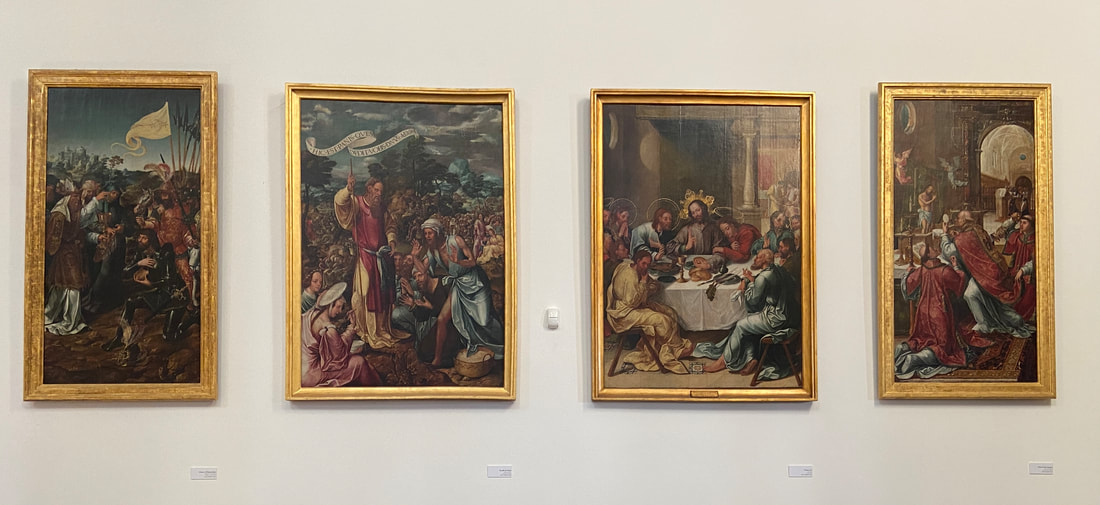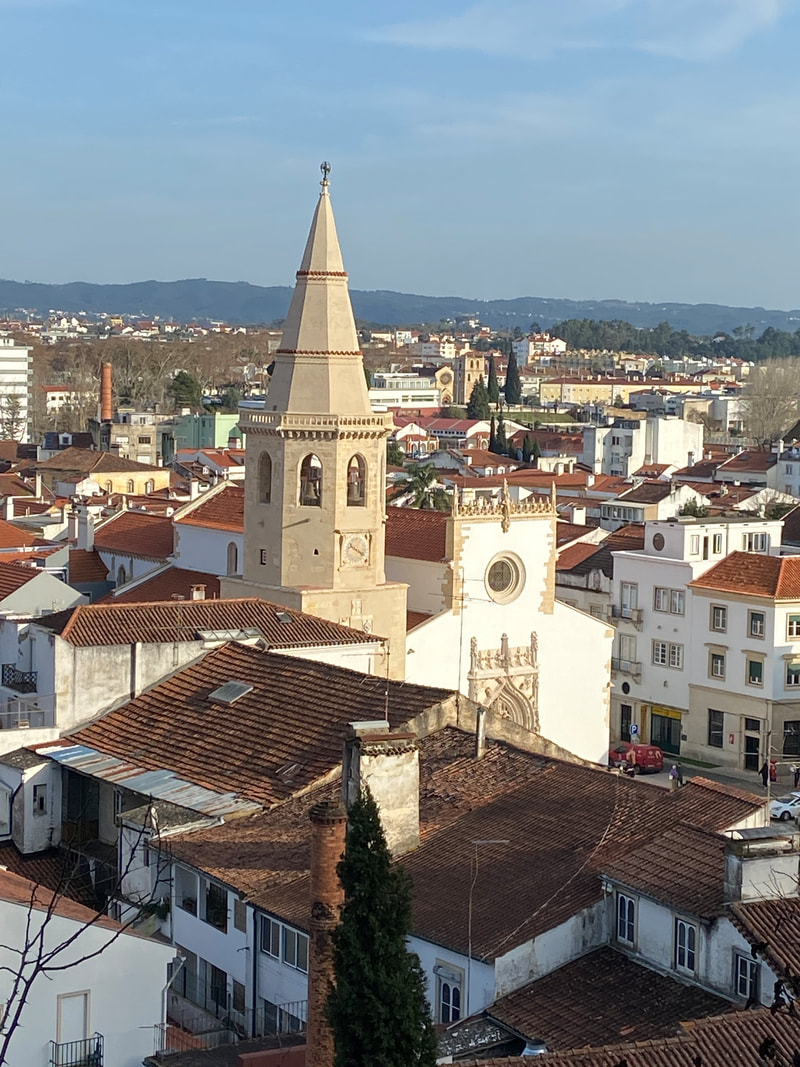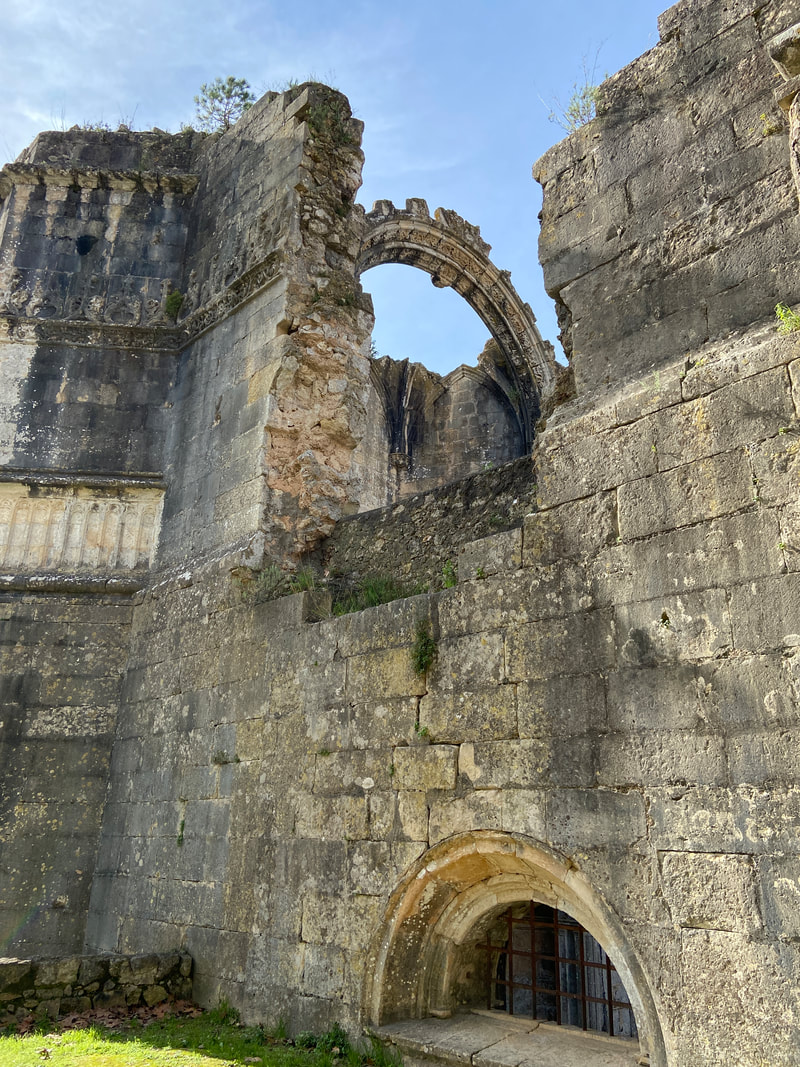The church also features a a 16th-century clock on the tower, adding to its grandeur and historical significance as it was originally housed at Covento de Cristo.
|
The Igreja de São João Baptista, or the Church of Saint John the Baptist, is a 15th-century Catholic church located in Tomar, Portugal. Built between the 15th and 16th centuries, this church is a remarkable example of Manueline architecture, a Portuguese style characterized by intricate and lavish designs. It was commissioned by King Manuel I and has been classified as a National Monument since 1910. The church is dedicated to Saint John the Baptist and is known for its many interesting artistic details, including a flamboyant Gothic portal, a Manueline tower with a 16th-century clock, and decorated capitals of the inner columns of the nave. Additionally, several panels painted in the 1530s by Gregório Lopes adorn the church, adding to its historical and artistic significance. Gregório Lopes (c. 1490 – 1550) was one of the most important Renaissance painters from Portugal. In the church, you can find his version of "The Last Supper". The Igreja de São João Baptista is situated in the heart of Tomar, specifically in the Praça da República, the main square of the town. Its prime location makes it a central feature of the city's historical area, allowing visitors to easily access and appreciate its beauty. The church's rich history and stunning architectural elements make it a must-see attraction for anyone visiting Tomar. The interior is adorned with decorated columns and captivating painted panels, providing visitors with a glimpse into the rich artistic heritage of the region. The interior is also adorned with 16th- and 17th-century azulejos, adding to the artistic richness of the church. The church's exterior is as impressive as its interior, with a portal that showcases intricate Manueline carvings and a striking tower that adds to the grandeur of the building. The church also features a a 16th-century clock on the tower, adding to its grandeur and historical significance as it was originally housed at Covento de Cristo. On the lower part of the clock tower, you'll find panel depicting a dog and cat. Whether you are drawn to its religious significance, historical importance, or architectural beauty, a visit to this 15th-century church is sure to be a memorable experience. Recommended Posts
0 Comments
Leave a Reply. |
Linda RoisumTraveller, chief taste-tester and food finder and retired expat living in Lisbon, Portugal. Archives
July 2024
Categories
All
|















 RSS Feed
RSS Feed